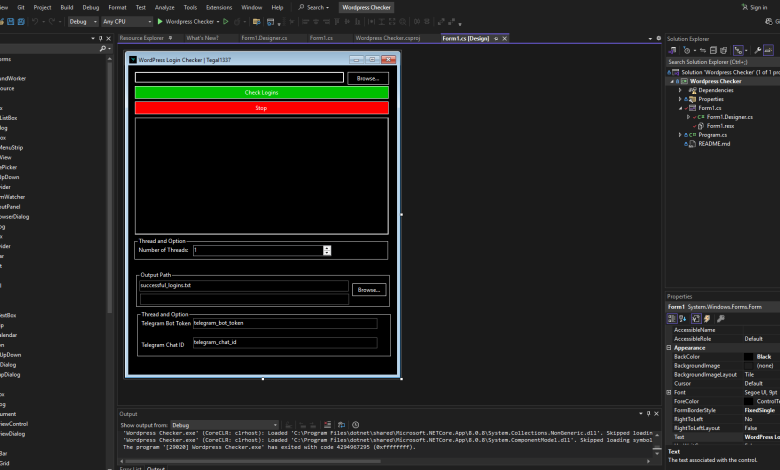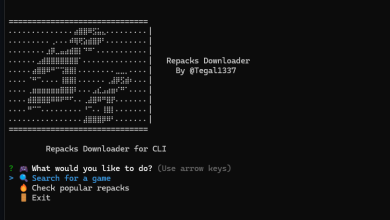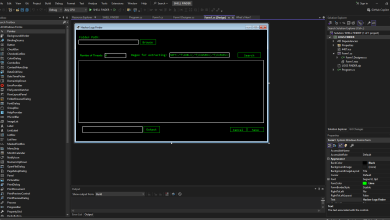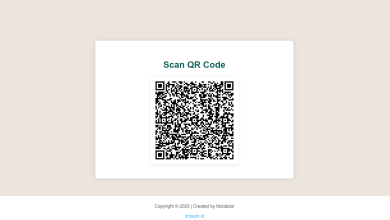WordPress Login/Valid Checker C#

Are you looking for a tool that helps you streamline the process of verifying login credentials for multiple WordPress sites? Look no further, as the WordPress Login Checker is here to offer a solution. This tool, developed for fast and efficient login checks, provides various features that cater to your needs for automated checking of WordPress credentials, enhanced with Telegram integration. Below, we dive deep into the key features and functionality of this powerful tool, which has been tailored for both beginners and advanced users.
Key Features of WordPress Login Checker
1. Multi-Threading Support for Faster Processing
One of the standout features of the WordPress Login Checker is its ability to handle multiple login attempts concurrently, thanks to its multi-threading capabilities. You can specify the number of threads you want to run in parallel, which allows you to control how quickly the tool processes login checks. Whether you’re checking a few dozen or thousands of login credentials, this tool is built to handle it with ease.
2. Customizable Input and Output
The tool allows you to input a file containing a list of URLs along with usernames and passwords. After checking the credentials, it will save the successful login attempts to a designated file. This feature is particularly helpful for users who need to automate large-scale checks across multiple sites and store the results in a clean, organized format.
3. Telegram Integration for Notifications
One of the more advanced features of this WordPress login checker is its integration with Telegram. Once a successful login is detected, the tool can send a notification to a Telegram group or channel. This is particularly useful for teams that want real-time updates on valid credentials. The tool uses the Telegram API to send formatted messages that include details about the URL, username, and password.
4. Robust Error Handling and Logging
Not every login attempt will be successful, and some will result in errors. The tool has been built to handle various error conditions, such as network issues, SSL certificate errors, and access denied situations. When these occur, the tool logs the error to provide a clear explanation of what went wrong. Users can quickly identify issues without having to sift through raw data.
5. Simple and User-Friendly Interface
The user interface is clean, with all the necessary elements easily accessible. You can browse for your input file, specify output locations, and set the number of threads with just a few clicks. The Check Logins and Stop buttons are intuitive, allowing you to start or stop the process at any time.
6. XML-RPC Compatibility
The tool uses XML-RPC to interact with WordPress sites. This protocol allows for a wide range of remote operations, such as retrieving information about a user’s blog. If the login credentials are valid, the XML-RPC endpoint will respond positively, and the tool can log this success. The integration with XML-RPC makes it both powerful and efficient for checking WordPress logins.
How Does It Work?
The tool accepts input in the form of a text file, where each line contains the URL, username, and password separated by colons. It reads through this file and divides the workload into chunks, which are then processed by multiple threads concurrently. This significantly reduces the time needed to process a large number of login attempts.
For each URL, it sends an XML-RPC request to the WordPress site, using the provided username and password. If the credentials are correct, the tool logs the success and sends a notification to a specified Telegram channel.
Author : fdciabdul w/ me
This is malware free and open source




